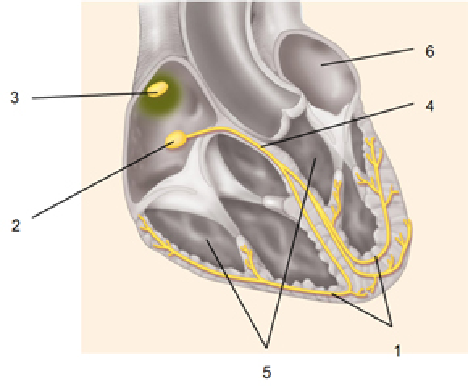Most interspecific interactions are exclusive, involving only two species
Indicate whether the statement is true or false
FALSE
You might also like to view...
What is the sequence of events involved in the production of proteins that is secreted?
A) A hormone signals the gene that encodes the protein to be transcribed into mRNA in the nucleus. The mRNA is translated into protein on the ER, then processed and folded in the Golgi apparatus, and then sent out of the cell in a vesicle. B) A hormone signals a protein-filled vesicle to move from the plasma membrane into the cell and into the nucleus, where it stimulates transcription of the appropriate gene into mRNA. The mRNA exits the nucleus and is translated into protein on the ER and processed and folded in the Golgi apparatus. Finally, the protein is transported out of the cell in a vesicle. C) A hormone binds to the plasma membrane, signaling proteins near the membrane to fall apart into amino acids. These enter the nucleus and stimulate replication of the gene encoding the protein. D) The protein is produced as a linear molecule in the nucleus, then exits through nuclear pores. On the ER the protein folds into its active form and at the Golgi apparatus is packed into a vesicle, which carries it across the plasma membrane and out of the cell.
Which of the following is a correct statement about the formation of sustainable human stem cell
cultures?
a. Organs could not be grown for transplantation. b. Defective cells could be replaced with functional versions derived by stem cells (e.g., Parkinson disease). c. They could cure cancer. d. They could cure the common cold. e. They could cure the flue.
What is the correct order of structures in the electrical excitation pathway that generates a normal heartbeat?
Refer to the diagram below.

A. 1, 2, 3, 4, 5, 6
B. 3, 6, 2, 4, 1, 5
C. 6, 3, 2, 4, 5, 1
D. 1, 5, 4, 2, 3, 6
E. 2, 5, 1, 4, 6, 3
F. 3, 2, 6, 4, 5, 1
Individuals with mutations in excision repair enzymes may suffer from ____ due to unrepaired DNA damage caused
by ____. a. skin cancer; mutations inherited from their parents b. colon cancer; the passing of DNA mutations to daughter cells c. prostate cancer; telomerase d. skin cancer; the sun’s UV rays e. skin cancer; complementary base pairing